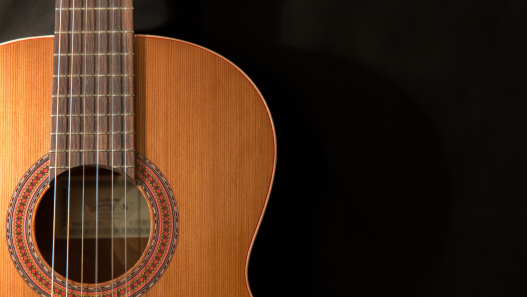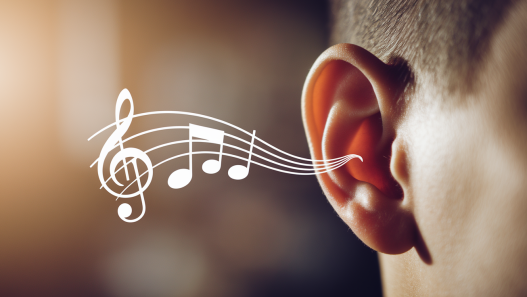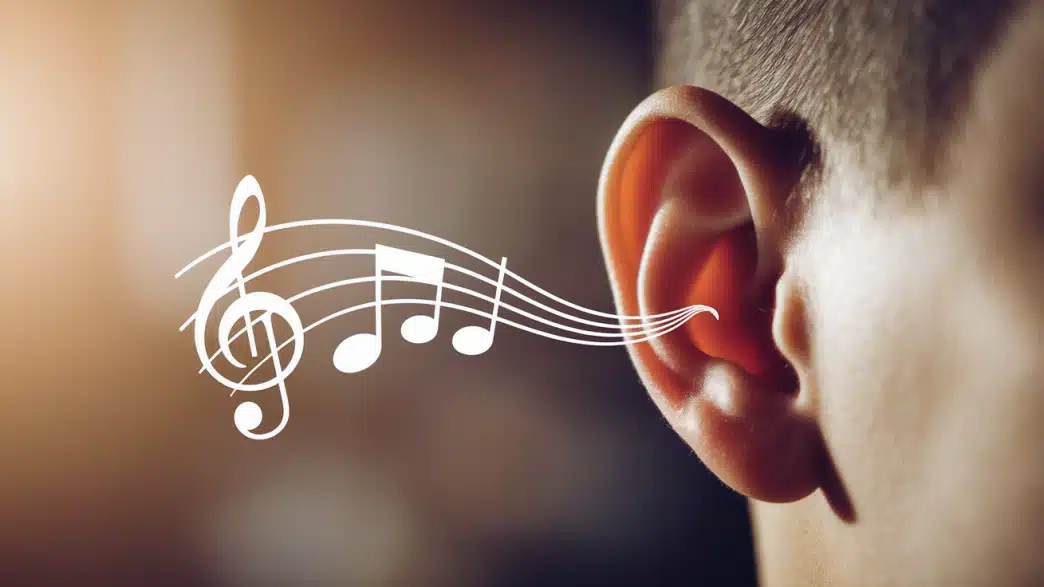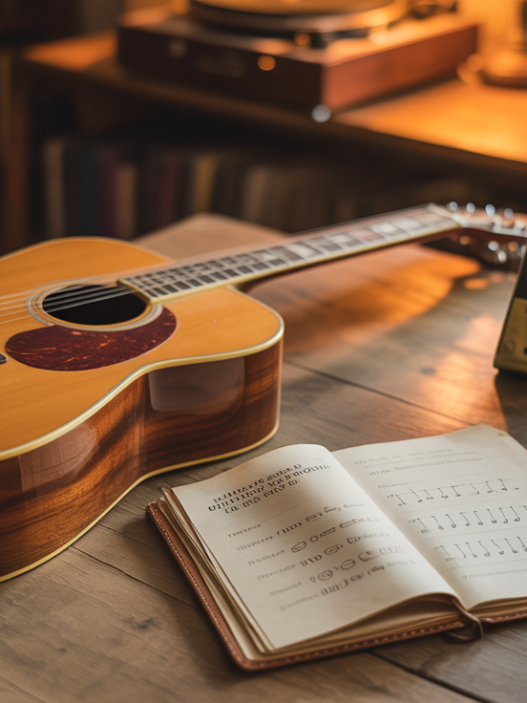Ever noticed how some notes just sound “off” when you play or sing? That tiny difference between almost right and perfectly in tune can make or break a performance.
Music intonation is all about those sweet spots where notes blend like old friends catching up. When they don’t, it’s like hearing a sour note in your favourite song, you can’t help but wince.
Getting notes to hit their mark isn’t just for professionals. Anyone can learn this skill – from bedroom guitarists to concert pianists. Good intonation is what turns sound into music that touches people.
This blog looks at why notes sometimes drift, how to catch them when they do, and simple ways to train your ear to hear the difference. Ready to make your music sound better? Let’s talk intonation.
What Is Intonation?
Musical intonation refers to how accurately a musician plays or sings pitches. It’s the precision of hitting notes at their correct frequencies according to a given tuning system.
When notes are “in tune,” they match their intended pitch perfectly. The vibrations align with what our ears expect to hear based on musical standards. A well-tuned instrument or voice creates harmonies that sound complete and satisfying.
“Out of tune” notes miss their target frequencies. They might be sharp (too high) or flat (too low), creating an uncomfortable tension in the sound. Even being off by a tiny amount, just cents on the musical scale, can make listeners cringe.
Good intonation isn’t just technical correctness; it’s what makes music feel right. When notes land precisely where they should, the emotional impact of music comes through clearly.
Factors That Affect Intonation
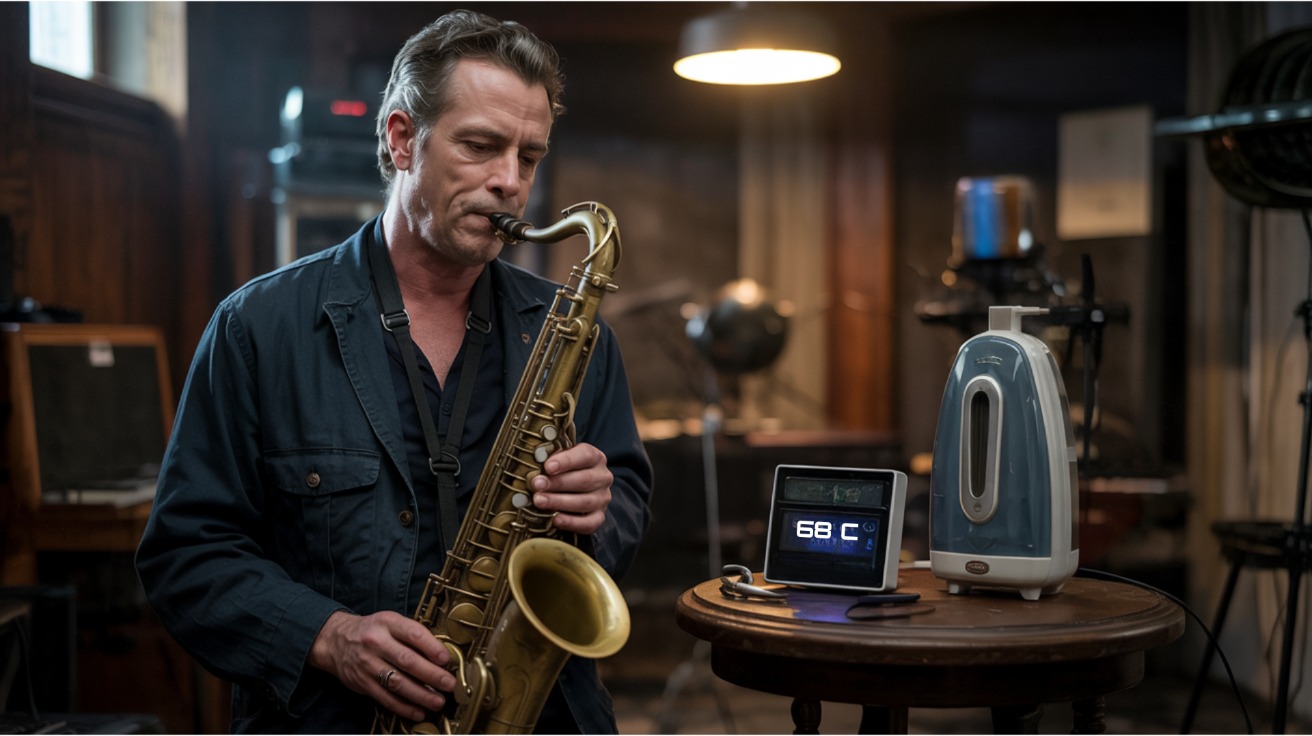
Maintaining accurate intonation is influenced by a variety of physical, technical, and environmental elements.
These factors can vary widely between singers and instrumentalists and even from one performance setting to another. Below are four major factors that commonly impact intonation
1. Instrument limitations: Fretted instruments (like guitars) offer fixed pitches, while fretless instruments (like violins and trombones) demand precise finger or slide placement for accurate tuning.
2. Vocal technique and breath control: Singers must use proper vocal support, posture, and controlled breathing to maintain steady and accurate pitch, especially over long phrases or dynamic changes.
3. Temperature, humidity, and instrument condition: Environmental factors can affect tuning—string tension may shift, wood may expand or contract, and reeds may respond differently, all influencing pitch.
4. Player’s ear training and listening skills: Well-developed aural skills help musicians detect small pitch differences and make real-time adjustments for more consistent intonation.
How Intonation Works?
The scientific principles of frequency, pitch, harmonics, and context shape intonation.
1. Frequency: Frequency dictates pitch through vibrations, forming the foundation of how we perceive sound.
- Frequency: The number of vibrations per second, affecting pitch.
- Pitch: The perceived highness or lowness of a note.
- Vibrations: Sound is created by vibrating objects, producing waves we hear as pitch.
2. Harmonics: Harmonics add richness to sound, and our ears detect pitch alignment to determine if something is “in tune.”
- Harmonics: Higher frequencies that occur with the fundamental pitch.
- Pure Tone: A single, clean frequency without harmonics.
- Ear Perception: Our ear perceives harmony based on how well the fundamentals and harmonics align.
3. Role of Context: The context of playing influences how intonation is perceived and adjusted.
- Solo Playing: Musicians can adjust pitch for personal expression.
- Group Playing: Musicians must tune to each other for a unified sound.
- Contextual Variations: Intonation standards vary across genres, such as jazz and classical.
This streamlined approach provides clarity with key points and concise explanations for each section.
Techniques to Improve Intonation

Musicians must develop both external awareness, through tuning devices and reference pitches, and internal control through ear training and listening skills.
These techniques can be applied across instruments and voice types to refine pitch accuracy. Below are four effective techniques used by musicians to strengthen intonation
Tuners and Pitch Apps
Digital tuners and mobile pitch apps are essential tools for checking and correcting pitches in real time. They provide immediate visual feedback, showing whether a note is sharp, flat, or in tune.
This helps musicians build awareness of how their instrument or voice behaves and where adjustments are needed. Many apps also include tuning presets for specific instruments and customizable pitch settings.
Regular use of these tools develops pitch consistency and builds confidence in tuning independently.
Drone Practice and Reference Tones
Practicing with a drone, a sustained pitch played by a digital app or instrument, helps train the ear to internalize tuning relationships.
This method allows musicians to hear how their notes interact with a stable pitch, encouraging careful listening and subtle pitch corrections. Drones are especially effective for working on scales, intervals, and sustained notes.
They also help strengthen tonal center awareness in ensemble settings. Over time, drone work reinforces pitch memory and stability.
Singing or Playing with a Piano or Tuning Fork
Using an acoustic reference, such as a piano or a tuning fork, is a traditional and effective way to calibrate pitch. Pianos offer a tempered tuning system that singers can match while practicing.
Tuning forks, though limited to one pitch, are portable and promote careful listening when matching a specific tone.
These methods help develop a clearer pitch target and improve pitch-matching accuracy. They also build coordination between the ear, voice, and instrument.
Developing Relative Pitch and Active Listening
Relative pitch is the ability to identify musical intervals based on a known reference note. Training in intervals, chord recognition, and melodic dictation all contribute to better relative pitch.
Active listening involves focusing closely on intonation while playing or singing, being alert to shifts in pitch and responding immediately.
These internal skills are vital in performance situations where external tuning aids aren’t available. With consistent training, musicians become more self-reliant in tuning by ear.
Common Intonation Challenges
Intonation varies widely across instrument families. While some offer pitch stability, others require constant adjustment. Each type presents distinct challenges that musicians must understand and manage to stay in tune.
- Fretted instruments (like guitars) have fixed notes, but incorrect finger pressure can still cause tuning issues.
- Fretless instruments rely entirely on the player’s ear and finger placement for pitch accuracy.
- Slight finger shifts on fretless instruments can produce noticeably sharp or flat notes.
- Woodwind players must adjust their mouth shape and airspeed to stabilize pitch across registers.
- Warm instruments (especially brass and woodwinds) tend to go sharp as temperature increases.
- Tired vocal muscles reduce control over pitch accuracy.
- Weak breath support can lead to flat or unstable notes.
- Fatigue can set in quickly during long performances or poor technique.
- Hydration, proper warm-ups, and vocal rest are key to maintaining intonation.
- Even emotional stress or posture can impact how well a singer stays in tune.
Finding Your Perfect Pitch
Perfect pitch may be rare, but good intonation is a skill anyone can build with practice and patience.
The path to better intonation isn’t about reaching some distant finish line. It’s about training your ears a little each day, noticing when notes clash, and making small adjustments until they blend.
Remember that every musician, from beginners to pros, works on intonation throughout their career. Even the greats still warm up with scales and tunes before every session.
So next time you practice, take a moment to listen. Is that note sitting exactly where it should be? If not, nudge it gently into place.
The difference between good and great often lives in those tiny spaces between notes. When you find them, that’s when the magic happens. Happy practising, and stay in tune!
Frequently Asked Questions
What Is the Difference Between Pitch and Intonation in Music?
Pitch is the specific frequency of a sound (high/low), while intonation refers to pitch accuracy, playing notes at their correct frequencies. Intonation involves the precise tuning of notes, whereas pitch describes the actual note being played.
Is Intonation the Same as Rhythm?
No, intonation is not rhythm. Intonation concerns playing notes at their correct pitch frequencies. Rhythm deals with the timing, duration, and patterns of sounds over time, when notes are played.
What Instruments Use Just Intonation?
Instruments using just intonation include fretless string instruments (violin, viola, cello), trombone, voice, unfretted wind instruments, and specially tuned keyboards.






